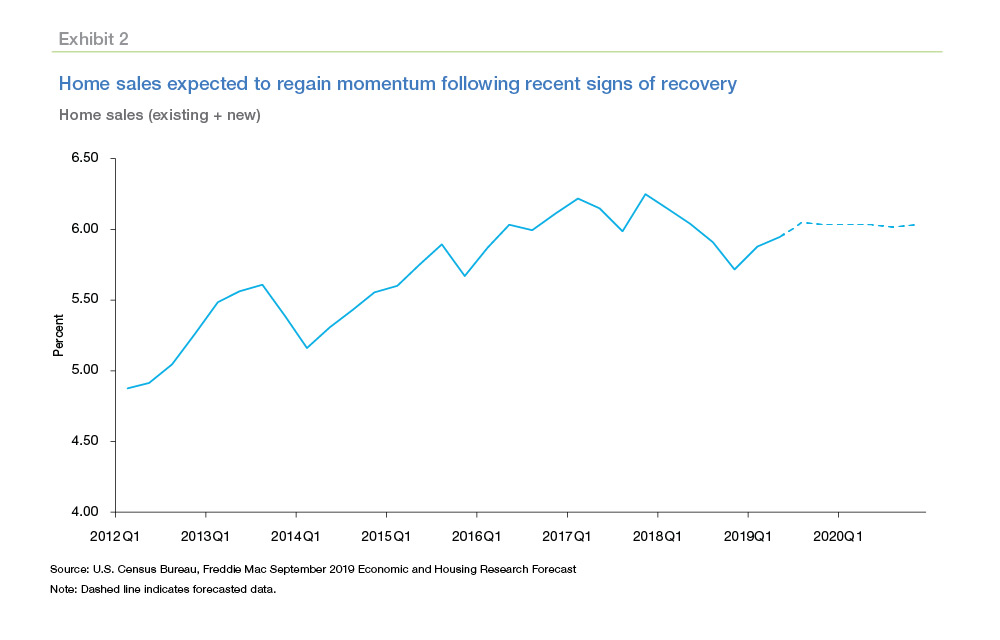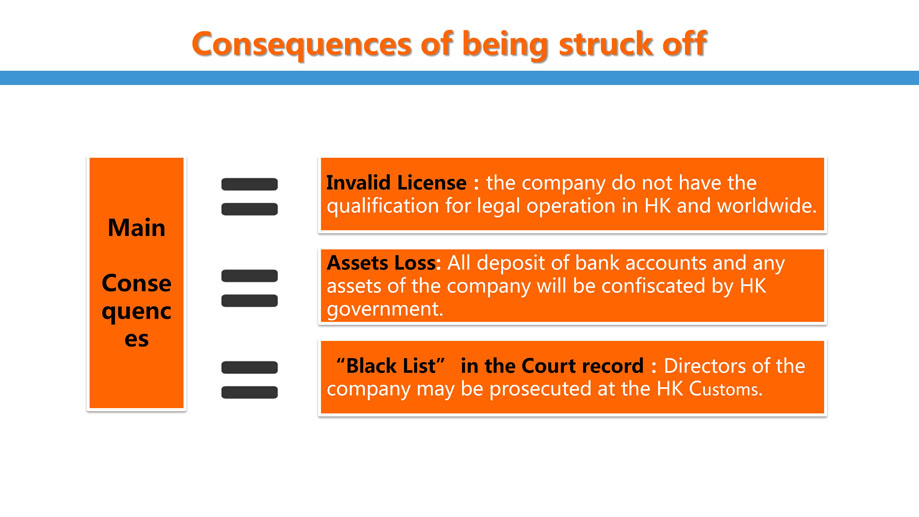Unlocking Homeownership: A Comprehensive Guide to 203(k) Loans for Renovation Financing
Guide or Summary:203(k) loans are a type of mortgage that allows homebuyers to finance both the purchase of a home and the costs of its rehabilitation throu……
Guide or Summary:
#### What are 203(k) Loans?
203(k) loans are a type of mortgage that allows homebuyers to finance both the purchase of a home and the costs of its rehabilitation through a single loan. This innovative financing option is particularly beneficial for those looking to buy homes that require repairs or renovations, making it an attractive choice for first-time buyers, real estate investors, or anyone interested in purchasing a fixer-upper.
#### Benefits of 203(k) Loans
One of the primary advantages of 203(k) loans is that they simplify the home-buying process by combining multiple expenses into one loan. Instead of taking out a separate mortgage and a home equity loan for renovations, borrowers can wrap everything into a single, manageable payment. This can lead to lower interest rates compared to personal loans or credit cards, making it a cost-effective solution for financing home improvements.
Additionally, 203(k) loans are backed by the Federal Housing Administration (FHA), which means they come with more lenient credit score requirements. This makes them accessible to a wider range of borrowers, including those with less-than-perfect credit histories. Furthermore, the down payment requirement can be as low as 3.5%, making homeownership more attainable for many individuals and families.

#### Types of 203(k) Loans
There are two main types of 203(k) loans: the Standard 203(k) and the Limited 203(k). The Standard version is intended for more extensive renovations and can cover structural repairs, while the Limited version is designed for smaller projects that do not exceed $35,000. Understanding the differences between these two options is crucial for borrowers to determine which one best fits their renovation needs.
#### Eligibility Requirements
To qualify for a 203(k) loan, borrowers must meet certain eligibility criteria. These typically include a minimum credit score, a debt-to-income ratio that falls within acceptable limits, and the requirement to occupy the home as a primary residence. Additionally, the property must be a one-to-four unit dwelling and meet certain safety and livability standards.

#### The Application Process
Applying for a 203(k) loan involves a few additional steps compared to a traditional mortgage. Borrowers must work with an FHA-approved lender and provide detailed plans and cost estimates for the proposed renovations. An appraiser will assess the property's value both before and after the planned improvements to ensure that the loan amount is justified.
Once approved, funds for renovations are typically held in an escrow account and released in stages as work is completed. This ensures that the renovations are carried out according to the approved plans and that the funds are used appropriately.
#### Conclusion

In conclusion, 203(k) loans offer a unique opportunity for those looking to purchase and renovate a home. With their flexible financing options, lower down payment requirements, and accessibility for various borrowers, these loans can make the dream of homeownership a reality for many. Whether you're a first-time buyer or an experienced investor, understanding how 203(k) loans work can empower you to make informed decisions about your real estate investments and renovations. If you're considering a home purchase that requires some TLC, exploring 203(k) loans may be your best path forward.